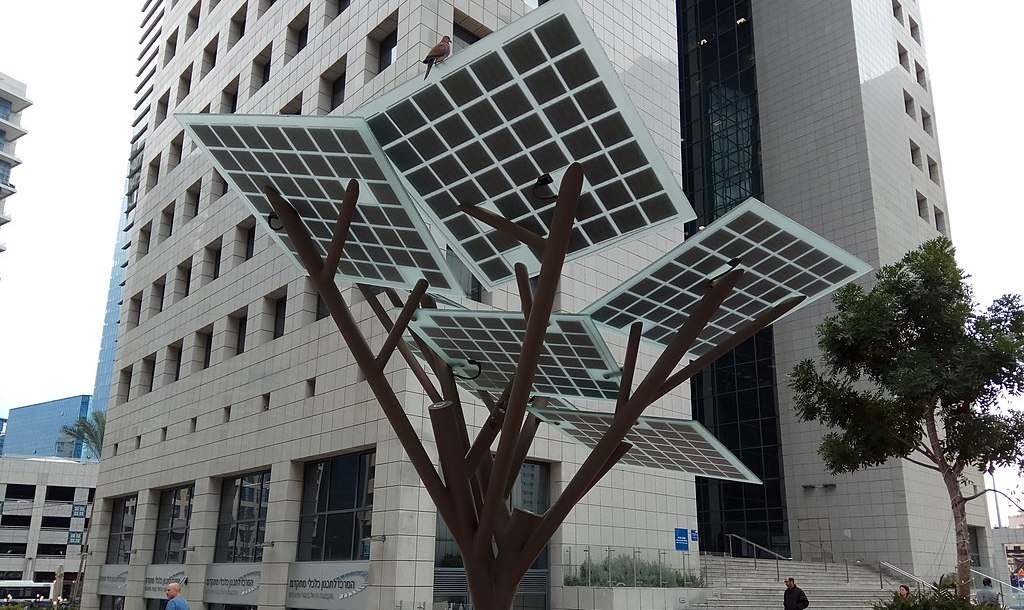June 21 is the summer solstice: the longest day of the year, a solar event that many traditions have celebrated to honor the sun and renewable energies. According to the Institute of Agriculture of University of Tennessee, if all the sunlight energy striking the Earth’s surface in Texas alone could be converted to electricity, it would be up to 300 times the total power output of all the power plants in the world!
According to UN figures, by 2040, the share of renewables in electricity generation is expected to rise from 25 percent today to over 40 percent. Solar power has the highest energy potential of all renewable energy sources, according to estimates from a study published in the International Journal of Sustainable Energy Planning and Management, which estimates the current global solar potential technically available at about 613 PWh/y at 613 PWh per year (613,000 trillion watts).

Harnessing this energy potential is essential to meet the 3.5 percent yearly CO2 reduction target established by the Paris agreement for energy production through 2050. According to a 2019 report published by IRENA, the International Renewable Energy Agency, solar power has the potential to cover 25 percent total electricity needs globally by 2050: That’s 10 times more than it was capable of covering in 2016. This dramatic increase in solar power productivity has been possible thanks to decades of steady technological innovation. Looking forward, what key technologies are going to allow it to establish itself as the most important renewable resource?
New tandem solar cell systems
Tandem solar cells work by creating a cascade effect. Stacked one on top of the other, each layer of cells in the system converts a specific wavelength of light into electrical energy, capturing and converting some of the energy that would otherwise be lost. According to a paper published by IRENA, there are different emerging PV technologies which can be grouped depending on the materials and types of connections they use. The tandem cell approach has been used to fabricate the world’s most efficient solar cells that can convert 46% of sunlight into electricity.
Floating photovoltaic panels
Sun and the sea seem to have struck the perfect symbiosis in floating photovoltaic systems. According to a report From the World Bank and the Singapore Solar Energy Research Institute, by the end of 2018, the global cumulative installed floating solar power capacity was 1.1 GW, 100 times more than just four years earlier. In the words of Riccardo Puliti, Senior Director for Energy and Extractives at the World Bank, “floating solar technology has huge advantages for countries where land is at a premium or where electricity grids are weak.” Furthermore, their offshore location allows devoting land surface to produce other resources and fitting out these solar power plants closer to coastal urban areas with high population density.

Solar Trees
The operating principles of solar trees is inspired by its real-life counterparts, as they are equipped with leaf-shaped solar panles connected through metal branches that use sunlight to generate power. These structures imitate the natural shape of trees, and are more ergonomic than horizontal solar panels, requiring almost 100 times less space to produce the same amount of electricity, according to the IRENA report. In addition, they can contribute to mitigate heat by reducing sunlight exposure of their footprint surface, especially in urban spaces where, in addition to generating power, these structures can be used for illuminating streets, expanding coverage of WIFI networks or charging mobile devices, as stated in Israeli company Sologic’s brochure, which has already planted its first solar tree in France.

Agrophotovoltaic: Growing crops under solar panels
One of the solutions to mitigate the amount of space that solar plants require is overlapping agricultural operations and PV installations. According to an article in the journal Nature, dual-use agrivoltaic systems create a significant opportunity for future energy sustainability. Converting less than 1% of farmland into agrovoltaic systems would allow to offset the world’s global energy demand, according to the aforementioned research. Researchers have confirmed the benefits in terms of yield and water consumption of growing crops in the shade of solar panels.
According to IRENA, renewable power generation costs costs are dropping rapidly, and continued to fall in 2018. For example, between 2010 and 2018 the global weighted average cost of electricity from solar declined by 77% Affordable solar technologies would allow to transform the world energy system, bringing significant socioeconomic benefits and democratizing access to electricity.
By Dory Gascueña for OpenMind
Comments on this publication